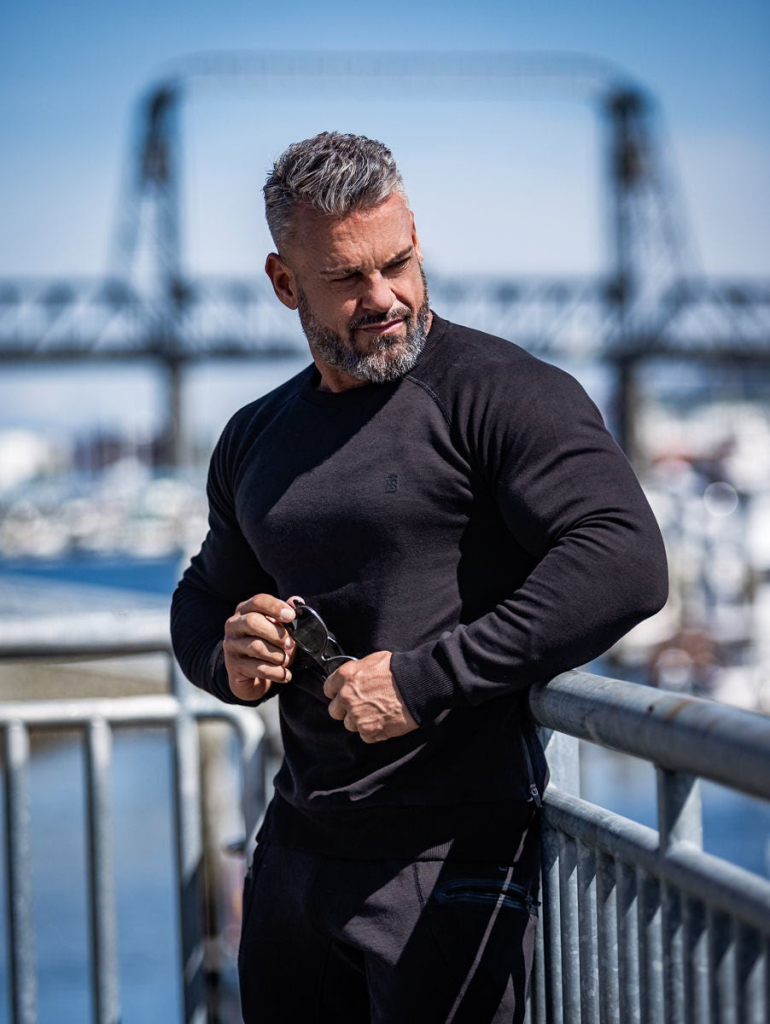The word ‘exercise’ has different meanings for different people. Different people exercise for different purposes and goals including bone and muscle strength, weight-loss or weight maintenance, heart health, cognitive health, and much more. Doing routine exercise is very important for healthy adults for varied functions. But there are four main types of exercise, aerobic (or endurance), strength, flexibility, and balance; all of which serve varied purposes. Different exercises give different results because each exercise focuses on different parts of the body. Most people limit themselves to one or two types of activity instead of maintaining their bodies in a variety of ways. Doing only one form of exercise may see you excel quickly in that area, but you may also be neglecting the other physical needs, leading to an imbalance in the body and, more importantly, an increase in boredom and risk of injury. The best way to ensure well-rounded fitness and keeping your body on its proverbial toes is to do a mix of different types. To get you started, here we have discussed 4 different types of exercises, how they benefit your body and what kind of activities they entail:

Aerobic/Endurance Exercise:
Aerobic exercise or “staying power” speeds up your breathing and heart rate and is the main component of overall fitness programs. It helps to keep the circulatory system, relaxes blood vessel walls, reduces inflammation, boosts mood, raises “good” HDL cholesterol, lowers blood pressure and “bad” LDL cholesterol levels, burns body fat, makes lungs healthy, can stave off diabetes and heart disease and help you build up endurance. Doing 150 minutes of aerobics per week of moderate-intensity activity is recommended to avail yourself of all the above-mentioned benefits. Some common aerobic activities include a brisk walk, jogging, climbing the stairs, playing tennis, dancing, biking, swimming, doing yard work like raking, digging, and gardening.

Strength training:
Muscular strength can make a big difference in your fitness. Strong muscles help you stay independent, especially in the latter part of your life, and make everyday activities feel easier, like getting up from a chair, climbing stairs, and carrying groceries. You will be able to keep your balance and prevent falls and fall-related injuries by doing strength training. As you age you start losing muscle strength, resistance training specifically builds your muscles back. Strength exercises include lifting weights (check bumper plates here), even your own body weight, and doing some other exercises including pilates, physiotherapy type exercise, and other fairly low-intensity exercises. Strength training also stimulates bone growth, lowers blood sugar, assists with weight control, improves posture, and reduces stress and pain in the lower back and joints.
Flexibility/ Stretching:
Flexibility exercises can keep your body limber and help you maintain a wide range of motion which is important because the range of motion is often limited by things like arthritis. Stretching, both dynamic and static, helps maintain flexibility. Aging leads to a loss of flexibility in the muscles and tendons which increases the risk for muscle cramps and pain, muscle damage, strains, joint pain, and falling. Stretching on the other hand makes muscles longer and more flexible, which increases your range of motion and reduces pain and the risk for injury. In dynamic stretches, repetitive motion such as marching in place or arm circles warms up your muscles. It just helps to get blood and oxygen to muscles and makes them amenable to change. Then perform static stretches which means holding a stretch position for up to 60 seconds. Some ways of stretching include yoga, tai chi, pilates, and lots of other exercise classes that will help improve flexibility.

Balance exercises:
Practicing and improving balance is important for older adults to strengthen the body’s core and help prevent falls. Some senior centers and gyms offer balance-focused exercise classes, such as tai chi or yoga that make you feel steadier on your feet. It’s never too early to start this type of exercise, even if you feel you don’t have balance problems. What you need to do is buy yourself Born Tough tank tops and Born Tough workout shorts, and start practicing a combo of all the main types of exercises regularly. Some good balance exercises include heel-to-toe walking, standing on one foot, practicing tai chi poses, dance, and playing bowls. Moreover, lower-body strength exercises also will improve your balance.
